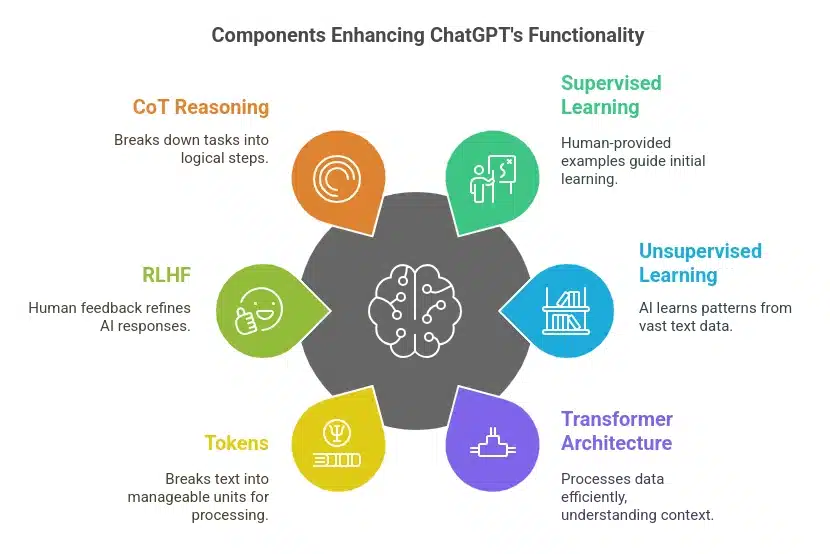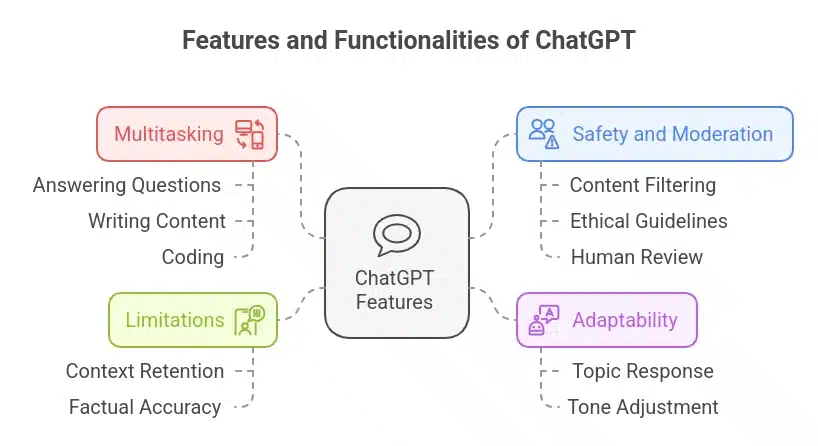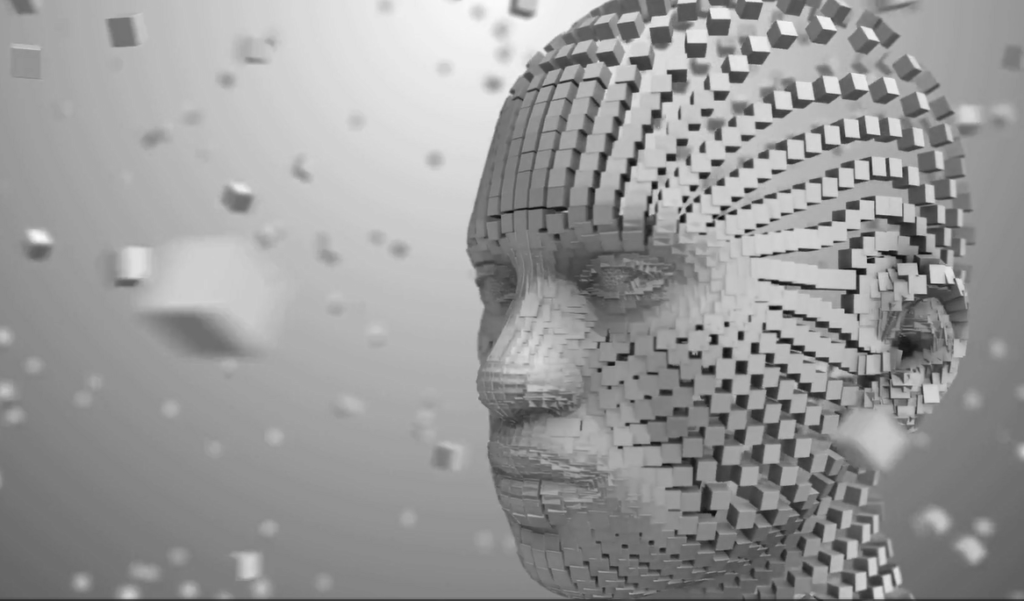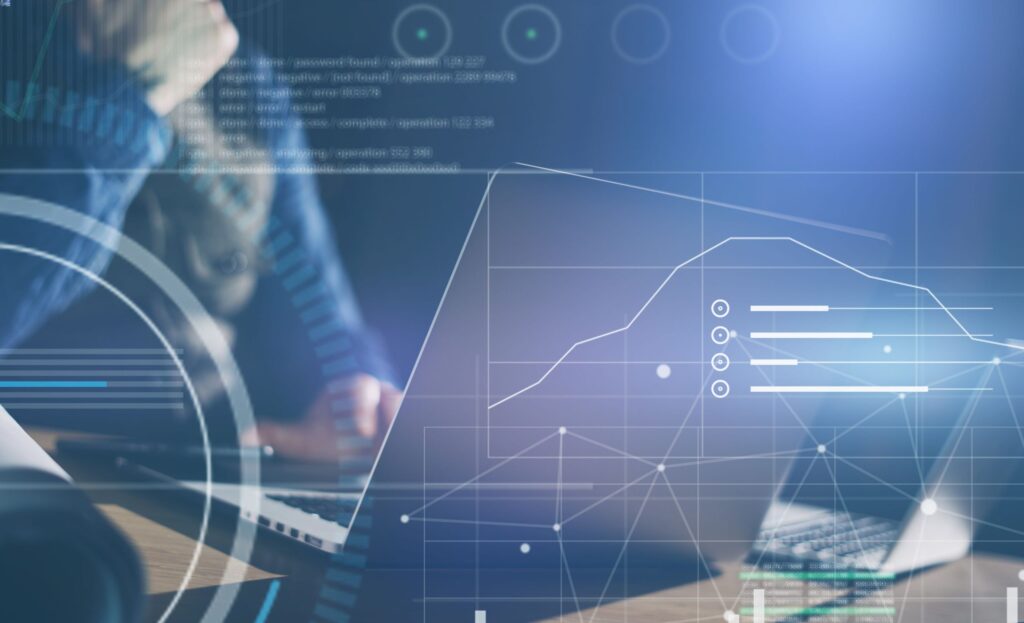Have you ever pondered on how ChatGPT can write essays, explain complex ideas, or chat like a real person?
At its core, ChatGPT is a revolutionary innovation in the AI field.
It utilizes sophisticated algorithms to comprehend your input, process it, and provide relevant, coherent responses in real-time.
In this post, we will delve into the intricate workings behind ChatGPT’s brilliance and how it performs its magic.
What is ChatGPT?
ChatGPT is an advanced AI chatbot developed by OpenAI, designed to engage in human-like conversations and aid users in various tasks.
Built on the powerful GPT (Generative Pre-trained Transformer) model, ChatGPT employs natural language processing (NLP) to understand and generate coherent, context-aware responses.
Its versatility has made it a popular tool across industries for tasks ranging from answering questions to creative writing and coding assistance.
Also Read: What Is DeepSeek-R1? An Advanced AI Tool Rivaling ChatGPT
Overview of ChatGPT’s Functionality
Essentially, ChatGPT relies on cutting-edge machine learning technology to process inputs from users and produce meaningful, contextually relevant outputs. It can:
- Engage in conversation with a human-like tone
- Answer questions, explain concepts, or solve problems
- Create content, draft emails, or brainstorm ideas
- Assist in coding, language translation, or text summarization
It excels in handling a diverse range of topics and maintaining a seamless dialogue flow.
Suggested: What is Machine Learning?
Origins and Development
Since its inception, ChatGPT has evolved through multiple model upgrades, each introducing new capabilities and enhancements. Here is a detailed timeline of its development, covering major updates up to January 2025.
| Version | Release Date | Description | Status |
| GPT-3.5 | November 2022 | The first version of ChatGPT, utilizing the GPT-3.5 model for conversational capabilities. | Discontinued |
| GPT-3.5 Turbo | 2023 | An enhanced version of GPT-3.5, offering improved accuracy and efficiency in responses. | Discontinued |
| GPT-4 | March 2023 | Introduced with ChatGPT Plus, based on a more advanced GPT-4 model, supporting multimodal inputs. | Active |
| GPT-4o | May 2024 | An upgraded model capable of processing text, image, audio, and video, faster and more capable than GPT-4. | Active |
| GPT-4o Mini | July 2024 | A smaller and cost-effective variant of GPT-4o, replacing GPT-3.5 in the service. | Active |
| o1-preview | September 2024 | A pre-release version of OpenAI o1, designed to improve response capabilities by “thinking” before replying. | Discontinued |
| o1-mini | September 2024 | A smaller and faster version of OpenAI o1, focusing on efficiency. | Active |
| o1 | December 2024 | The full release of OpenAI o1, building upon previous iterations for enhanced performance. | Active |
| o1 Pro Mode | December 2024 | An upgraded version of OpenAI o1 that utilizes more computational resources for Pro subscribers. | Active |
Key Milestones in ChatGPT’s
- November 30, 2022: ChatGPT debuts with the GPT-3.5 model as a free research preview.
- February 1, 2023: Introduction of ChatGPT Plus, providing premium features and access to newer models.
- March 14, 2023: Launch of GPT-4, enhancing capabilities with support for multimodal inputs.
- May 15, 2023: Release of the ChatGPT iOS app.
- August 28, 2023: Unveiling of ChatGPT Enterprise, tailored for business users.
- May 2024: Introduction of GPT-4o alongside a revamped desktop version featuring an improved user interface.
- December 2024: Official rollout of OpenAI o1 and its Pro mode.
What Makes ChatGPT Unique?
- NLP: ChatGPT excels at understanding and generating human-like text, all thanks to its superior NLP capabilities. It comprehends languages—tone, intent, and context, enabling it to respond appropriately in various scenarios.
- Interactive, Human-like Conversations: One of ChatGPT’s standout features is its ability to maintain a conversational flow that feels natural and intuitive. It not only answers questions but also adapts to the user’s style, making interactions engaging and highly personalized.
These distinguishing characteristics make ChatGPT a transformative tool, unlocking new opportunities in education, customer service, content creation, and more.
How ChatGPT Functions? The Technology Behind

1. Supervised and Unsupervised Learning: The Foundation of ChatGPT’s Training
ChatGPT’s learning process involves a combination of supervised and unsupervised learning, working in tandem to teach the model how to understand and generate human-like text.
- Supervised Learning: Human trainers provide the AI with example inputs and correct outputs, helping it learn the “right” responses. This phase assists the AI in associating prompts with appropriate answers.
- Unsupervised Learning: Once the model has grasped basic patterns, it is exposed to vast amounts of text data without human intervention. This enables the model to recognize context, identify patterns, and produce responses based on previously unseen data.
This blended approach enables ChatGPT to provide accurate responses to a wide array of questions, even in contexts it hasn’t specifically been trained on.
Suggested Read: Difference between Supervised and Unsupervised Learning
2. Transformer Architecture: The Brain Behind ChatGPT’s Language Skills
ChatGPT’s performance is anchored in transformer architecture, a deep learning model crafted to process vast amounts of data and understand context across lengthy text sequences.
- Self-Attention Mechanism: The transformer can assign weights to different words in a sentence to signify their importance to each other. This mechanism aids in understanding context and relationships in sentences.
- Parallel Processing: Transformers process multiple words simultaneously, enhancing efficiency and enabling real-time responses.
By leveraging this architecture, ChatGPT can generate contextually accurate responses and handle extended dialogues seamlessly.
Suggested Read: What is Deep Learning?
3. Tokens: The Building Blocks of ChatGPT’s Understanding
Tokens are the smallest units of text that ChatGPT employs to understand and generate language. These tokens can be words, parts of words, or punctuation marks.
- Word Segmentation: Tokens help ChatGPT comprehend the structure and meaning of sentences, aiding in understanding complex phrases.
- Contextual Understanding: By breaking down text into manageable tokens, ChatGPT can better understand and respond to intricate queries.
By breaking down text into manageable tokens, ChatGPT can better understand and respond to intricate queries.
4. Reinforcement Learning from Human Feedback (RLHF): Refining ChatGPT’s Responses
ChatGPT’s responses undergo further refinement through Reinforcement Learning from Human Feedback (RLHF), where human evaluators assess the quality of the model’s outputs.
- Reward System: Human evaluators rate ChatGPT’s responses based on helpfulness, accuracy, and coherence, assisting the model in learning from its mistakes and improving its responses.
This iterative process helps fine-tune ChatGPT’s performance, ensuring it delivers high-quality responses.
Suggested Read: What is Reinforcement Learning?
5. Chain of Thought (CoT) Reasoning: Enhancing Problem-Solving Abilities
Chain of Thought (CoT) reasoning allows ChatGPT to break down complex tasks into manageable steps, improving its ability to reason through problems and generate logical solutions.
- Step-by-Step Problem Solving: CoT enables ChatGPT to tackle advanced topics with structured reasoning.
CoT reasoning allows ChatGPT to tackle more advanced topics with structured reasoning.
6. Natural Language Processing (NLP): The Heart of Human-AI Interaction
ChatGPT’s core strength lies in its Natural Language Processing (NLP) capabilities, enabling it to understand and generate human language.
- Contextual Awareness: NLP allows ChatGPT to engage in nuanced, meaningful conversations with users.
By utilizing NLP, ChatGPT can engage in nuanced, meaningful conversations with users.
7. Multimodality in ChatGPT: Expanding Beyond Text
Multimodal capabilities in ChatGPT allow it to process not only text but also visual inputs, making it highly versatile in understanding and responding to different types of information.
- Image Processing: ChatGPT can interpret images along with text, enhancing the range of tasks it can perform.
- Audio and Video Inputs: In the future, ChatGPT could process audio or video inputs, enhancing its interactive capabilities.
8. Extensibility in ChatGPT: Customizing for Specific Needs
ChatGPT can be extended and customized to suit specific use cases, making it adaptable for various industries.
- Fine-Tuning: Users can fine-tune the model for particular tasks, ensuring it meets their specific requirements.
- Custom Instructions: Developers can integrate ChatGPT with other systems via APIs, enabling customized workflows or incorporating it into larger applications.
This extensibility makes ChatGPT a highly flexible tool for diverse industries.
Features of ChatGPT

1. Multitasking
ChatGPT can perform a variety of tasks simultaneously, from answering questions to coding and content creation.
- Answering Questions: Providing explanations on diverse topics like AI, history, or geography.
- Writing Content: Generating blog posts, essays, or product descriptions.
- Coding: Writing and debugging code in multiple programming languages.
2. Adaptability
ChatGPT can adapt its responses based on the query type, tone, and context, making it flexible in various conversations.
- Topic Response: Discussing subjects like science, sports, or literature.
- Tone Adjustment: Shifting tone for formal or casual contexts.
3. Limitations
Despite its advanced capabilities, ChatGPT may struggle with retaining context over long conversations and ensuring factual accuracy in all responses.
- Context Retention: In longer dialogues, it may lose track of previous details or repeat information.
- Factual Accuracy: It might generate incorrect or outdated information on rapidly changing topics.
4. Safety and Moderation
OpenAI has implemented measures to ensure ChatGPT’s usage aligns with ethical guidelines and avoids harmful or inappropriate content.
- Content



